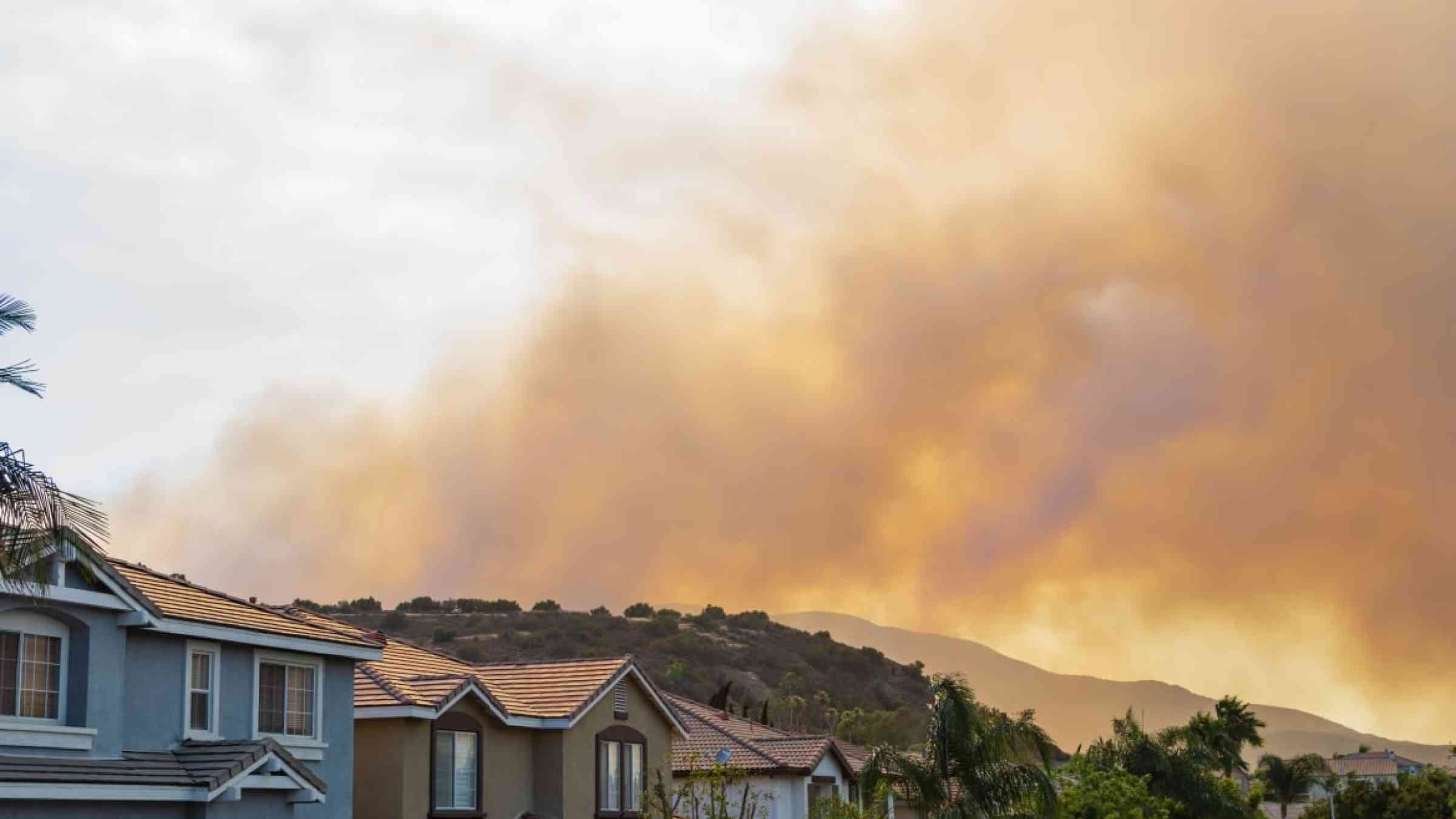I'm looking for the best scientific-consensus estimate by mid-2024. I guess I made winning this bet too easy by not specifying ranges. Moral bonus points for getting a smaller "less than 15%" proportion if correct.
"Nearly half a gigaton of carbon (or 1.76 billion tons of CO2) was released from burning boreal forests in North America and Eurasia in 2021, 150 percent higher than annual mean CO2 emissions between 2000 and 2020, the scientists reported in a paper in Science."
https://www.preventionweb.net/news/wildfires-2021-emitted-record-breaking-amount-carbon-dioxide
"Global carbon dioxide emissions from fossil fuels and industry were 37.12 billion metric tons (GtCO₂) in 2021. Emissions are projected to have risen 0.9 percent in 2022 to 37.5 GtCO₂ - their highest ever level. Since 1990, global CO₂ emissions have increased by more than 60 percent. The two biggest contributors to global emissions are China and the United States, who produced 11.47 and 5.01 GtCO₂ in 2021, respectively."
https://www.statista.com/statistics/276629/global-co2-emissions/
"A gigatonne is 1,000,000,000 tonnes, and is often used when discussing human carbon dioxide emissions. This is roughly the mass of all land mammals (other than humans) in the world as per the XKCD comic strip to the right. It's also roughly twice the mass of all of the people in the world."
https://energyeducation.ca/encyclopedia/Gigatonne#:~:text=A%20gigatonne%20is%201%2C000%2C000%2C000%20tonnes,the%20people%20in%20the%20world.
🏅 Top traders
| # | Name | Total profit |
|---|---|---|
| 1 | Ṁ31 | |
| 2 | Ṁ13 | |
| 3 | Ṁ3 |
People are also trading
According to Copernicus Atmosphere Monitoring Service in 2023, global fossil fuel carbon emissions were around 40.9 billion tonnes while wildfire emissions were approximately 2,170 megatonnes (or 2.17 billion tonnes), which is 5.3%.
@MichaelMRoss - Many Forrest fires are started by lightening. If you want to include all forrest fire emissions in the total I would suggest changing “human caused emissions” to “global total emissions”.
@michelangelo Now I am confused.
"global carbon emissions" might still be anthropogenic emissions because of the word 'emissions'. Alternately if other sources like animal respiration, organic decay, animal excretion are included then that is a much bigger annual number and changes the answer to the question to a considerably smaller number.
